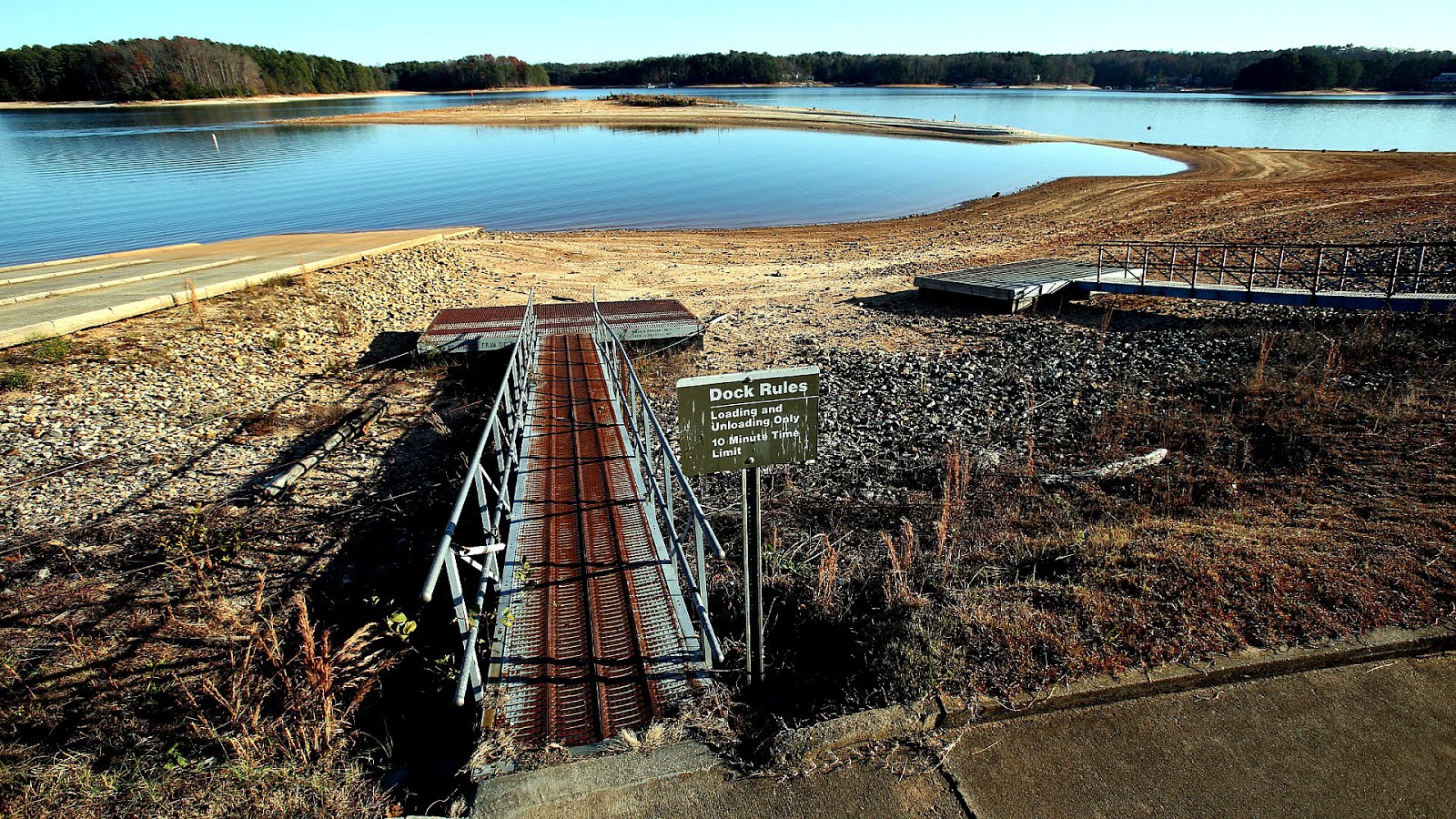Lake Lanier, a stunning reservoir located in northern Georgia, is not just a picturesque getaway but also a vital resource for the surrounding communities. With its beautiful shores and recreational opportunities, the lake attracts millions of visitors each year. However, one of the most critical aspects of this lake that affects both residents and visitors alike is the water level. Monitoring the Lake Lanier water level is essential for various reasons, including safety, recreation, and environmental management.
The water level of Lake Lanier fluctuates throughout the year due to various factors such as rainfall, evaporation, and water usage for hydropower and irrigation. Understanding these changes is crucial for those who enjoy boating, fishing, or simply relaxing by the water. In this article, we will explore the intricacies of Lake Lanier's water level, how it is monitored, its impact on local ecosystems, and what visitors should know before planning their trips.
Whether you're a local resident or a first-time visitor, staying informed about the Lake Lanier water level can enhance your experience and ensure safety while enjoying the lake's beauty. This guide aims to provide you with all the necessary information regarding the lake's water level, including current statistics and tips for navigating it safely.
What Factors Affect Lake Lanier Water Level?
The water level of Lake Lanier is influenced by several factors, which include:
- Precipitation: Rainfall plays a significant role in replenishing the lake's water supply.
- Evaporation: High temperatures during summer months can lead to increased evaporation rates.
- Water Usage: The lake is used for hydropower generation, irrigation, and municipal water supply.
- Seasonal Changes: Seasonal weather patterns can also impact water levels, especially during drought or flood conditions.
How is Lake Lanier Water Level Monitored?
The monitoring of Lake Lanier water levels is carried out by various agencies, including the U.S. Army Corps of Engineers. They utilize a combination of:
- Real-time Sensors: These sensors provide continuous data on water levels, ensuring accurate and timely updates.
- Satellite Imagery: Satellite technology allows for broader surveillance of the lake’s conditions.
- Weather Stations: Local weather stations track precipitation and evaporation rates that affect the lake.
What is the Current Lake Lanier Water Level?
As of the most recent updates, the water level of Lake Lanier has been fluctuating around its normal pool elevation. This level is crucial for maintaining ecological balance and supporting local wildlife. To find the most current water level, you can visit the official website of the U.S. Army Corps of Engineers or local news outlets that provide regular updates.
How Does Lake Lanier Water Level Impact Recreation?
The recreation activities at Lake Lanier, such as boating, fishing, and swimming, are highly dependent on water levels. Here’s how:
- Boating: Low water levels can lead to navigational hazards and restrict access to certain areas.
- Fishing: Fish populations may be affected by water temperature changes and habitat availability.
- Swimming: Safety concerns arise when water levels drop significantly, exposing dangerous rocks and debris.
What Safety Precautions Should You Take Regarding Lake Lanier Water Level?
When planning a visit to Lake Lanier, it is essential to take certain safety precautions:
- Check the current water level before heading out.
- Be aware of any posted signs about water conditions.
- Wear life jackets when engaging in water activities.
- Avoid swimming in areas marked unsafe due to low water levels.
How Do Seasonal Changes Affect Lake Lanier Water Level?
Seasonal changes can have a profound impact on Lake Lanier's water level. For instance:
- Winter: Increased rainfall can lead to higher water levels.
- Spring: Snowmelt from surrounding mountains can contribute to rising levels.
- Summer: Higher evaporation rates can result in lower levels.
- Fall: The transition period often stabilizes water levels as temperatures drop.
What Are the Environmental Implications of Lake Lanier Water Level Changes?
The fluctuations in Lake Lanier water level can have significant environmental implications, including:
- Aquatic Ecosystems: Changes in water levels can affect fish habitats and spawning.
- Wetland Areas: Reduced water levels can threaten wetland ecosystems that rely on stable conditions.
- Water Quality: Low water levels can lead to higher concentrations of pollutants.
Conclusion: Staying Informed About Lake Lanier Water Level
Understanding the Lake Lanier water level is crucial for safe and enjoyable recreational experiences. By staying informed about its current status and the factors that influence it, you can make the most out of your time at this beautiful reservoir. Whether you are fishing, boating, or simply relaxing by the water, knowledge about the lake’s water level can enhance both safety and enjoyment. Always check current conditions before your visit and prepare accordingly to ensure a pleasant experience at Lake Lanier.
Exploring The Unique Opportunities At SUNY Old Westbury
Discovering The Culinary Delights Of Natick Mall Food Court
Indulge In The Flavors Of Delicias Colombianas Jax


